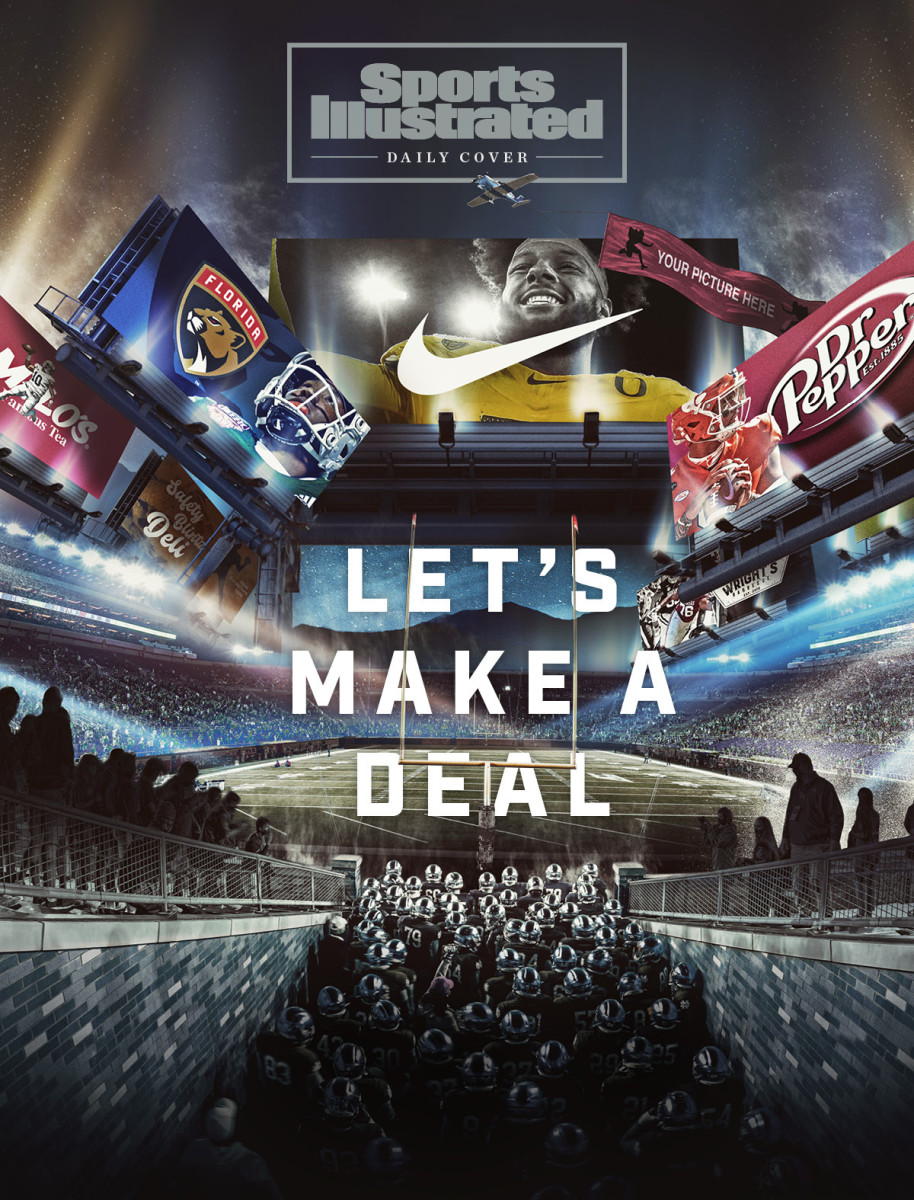In 2021, after nearly a century of turmoil and strife between college athletes and the institutions they played for came to a seeming end, with the passage of the Name, Likeness, and Image rule, or NIL. NIL was the culmination of a long fight started in the late 2000s by a UCLA basketball player and 19 other athletes, who argued that the colleges they played for were in the wrong for not paying them anything despite making millions and millions of dollars every year off TV broadcasts and merchandise sales. The creation of NIL sounds like a great leap forward for athletes and a great, fair solution to the problem that plagued them for years. However, it has opened a whole other can of worms about the civic issue of allowing these now professional athletes to still be students. So, in this blog, I want to investigate whether or not NIL should further accept the previous status quo.
First, the term student-athlete. It is extremely ironic, as many of these athletes much closer represent the latter than the former. For example, if one takes a cursory glance at the Penn State Men’s Ice Hockey roster, he or she will very quickly be able to see that every last player on the team plays for a minor league hockey team when college hockey is not in season. Additionally, many of these players have also been drafted to NHL teams and can leave their universities at a moment’s notice to play professionally. How does this justify putting the term “student” in front of “athlete”, in the sense that they were more one than the other. Well, until very recently, the term still had a precarious merit to it, as all these players were not getting paid a penny for the sports they played, making them amateurs, and their primary function technically still being that of a student. However, NIL is where this façade comes crashing down.
The student athletes at Penn State and other universities are extremely talented and play at a practically professional level. They spend almost as much time training and practicing as professional athletes themselves do. The only thing stopping them from being full on professionals was the fact that they were not being paid a penny for their services. But, with the introduction of NIL, they are, and that raises a massive civic issue. Should their status be changed? Is it justifiable anymore to force or even allow these professionals to attend classes at the universities they play for? You hear stories often of NFL players going back to college and getting their degrees, but that is during the offseason. If college athletes are being paid, albeit less than their truly professional counterparts, should they have to do the same. In my opinion, I do not think so. I think the tradition for having student athletes still have to go to class and study as well as play their sport is a cool tradition and still builds a good foundation and work ethic for them. So, in conclusion, the creation the civic issue caused by NIL should not change the current status of student athletes.

Top: an illustration of NIL
Bottom: Ed O’Bannon, the first NCAA athlete to sue his college for not allowing him to make money off of playing college sports


